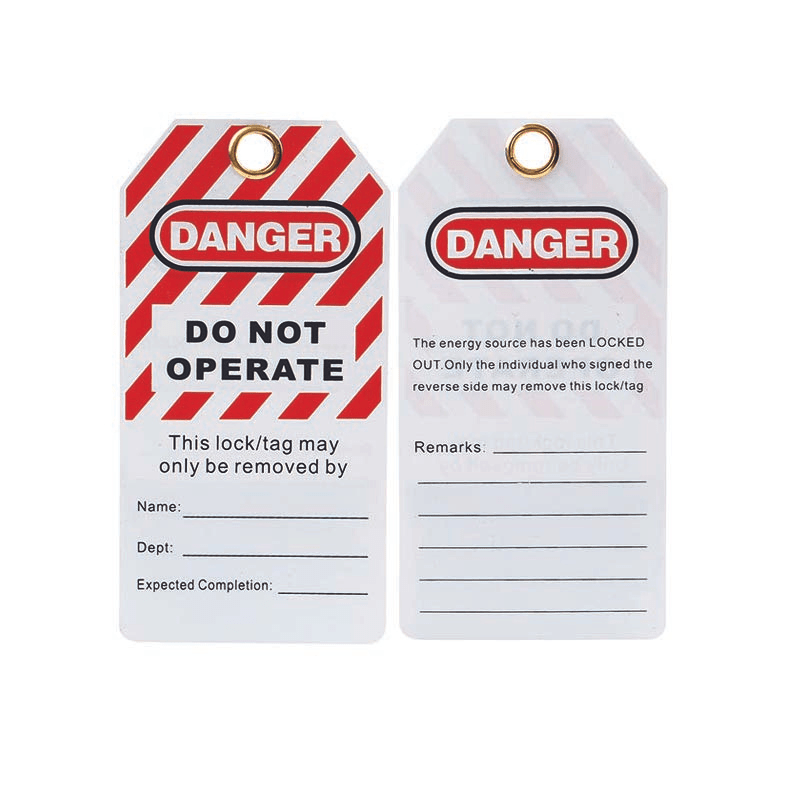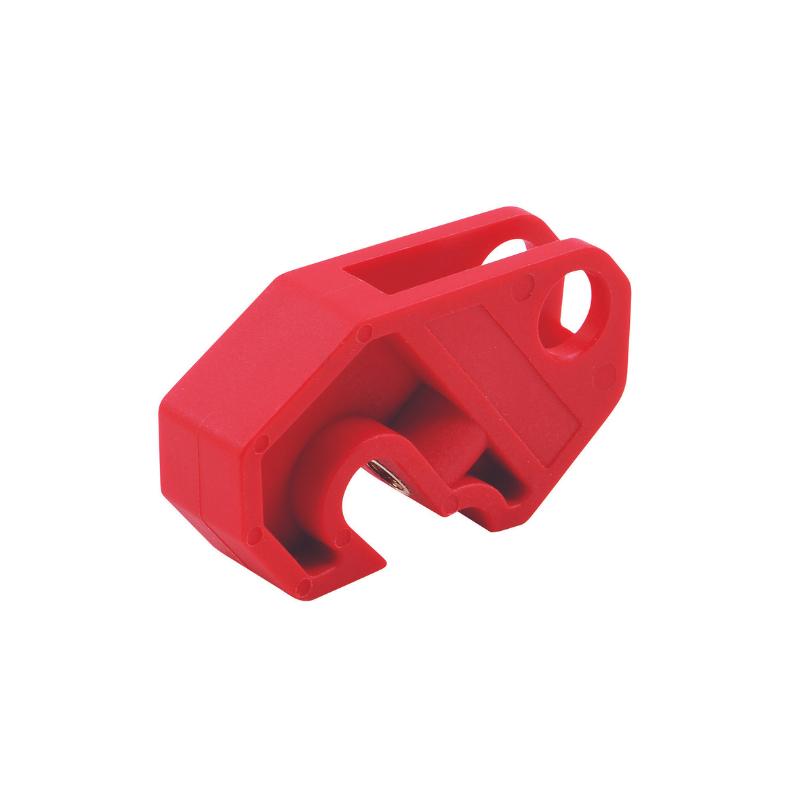Table of Contents
- Introduction
- What is a User Requirements Specification (URS)?
- Benefits of a Well-Defined URS
- The URS in the CQV Process
- Challenges in Defining and Managing URS
- Best Practices for Creating an Effective URS
- Conclusion
Introduction
User Requirements Specifications (URS) play a foundational role in Commissioning, Qualification, and Validation (CQV), serving as the blueprint that defines the intended functions, performance, and regulatory needs of equipment, systems, or facilities within regulated industries. The URS is more than a technical document—it aligns user expectations with design, compliance, and quality assurance standards to ensure projects deliver systems that meet their intended purpose.
What is a User Requirements Specification (URS)?
A URS is a comprehensive document detailing the functional, operational, and regulatory requirements of a system or equipment from the end user's perspective. Unlike technical or engineering specifications, which focus on technicalities, the URS is a clear, user-focused document that outlines what a system is expected to do, why it is needed, and how it should perform under specific conditions. This early stage in the CQV process is crucial, as it informs subsequent stages in system design, risk assessment, and ultimately, the testing and validation processes.
Benefits of a Well-Defined URS
1. Establishing Clear Project Goals
A well-developed URS sets clear goals and deliverables, which are essential for the project’s success. By outlining the user’s needs upfront, the URS provides a roadmap that informs each stage of the CQV lifecycle, from equipment selection to final verification. This ensures all stakeholders understand the project's scope, reducing misunderstandings and aligning expectations.
2. Enabling a Science and Risk-Based Approach
Modern CQV practices, guided by standards like ISPE Baseline Guide Volume 5 and ASTM E2500, emphasize a science-based and risk-oriented approach. A robust URS helps to prioritize these requirements, focusing verification efforts on critical functions that affect product quality and patient safety. This targeted approach is especially relevant in highly regulated environments, where the URS can prevent regulatory compliance issues by identifying risk areas early in the process.
3. Streamlining Vendor Communication and Documentation
A URS is an essential tool for effective vendor selection and communication. Vendors rely on the URS to tailor their offerings to meet the specified requirements, and this clear guidance reduces delays and rework during the design, installation, and qualification phases. Additionally, a precise URS allows vendors to provide better documentation for qualification, improving the efficiency and clarity of the validation process.
The URS in the CQV Process
Risk-Based Requirements
In the CQV process, the URS is critical for defining risk-based requirements that focus on quality-critical aspects of the system. The European Medicines Agency (EMA) and the U.S. FDA encourage risk-based approaches, stressing that not all functions of equipment require equal validation. A URS helps identify the high-risk features of equipment, ensuring CQV efforts are concentrated on areas where failures could impact product quality, patient safety, or regulatory compliance.
Guidelines and Standards for URS Development
The ISPE Baseline Guide Volume 5 emphasizes the importance of URS as the starting point in CQV processes, encouraging integration with good engineering practices and risk assessments. Likewise, ASTM E2500 provides a framework for specification, design, and verification with a focus on defining user needs clearly from the outset. These guidelines not only direct URS development but also set a baseline for CQV practices that minimize project risks and ensure regulatory compliance.
Challenges in Defining and Managing URS
Developing a URS poses several challenges. First, collecting comprehensive user requirements can be difficult, particularly in complex projects with multiple stakeholders. Miscommunication or incomplete requirements can lead to costly redesigns or operational inefficiencies. Secondly, ensuring the URS is sufficiently detailed without being overly prescriptive requires a balance; excessive detail can limit flexibility during the engineering and design phases, while too little detail can lead to unclear project scope.
Another challenge is managing updates to the URS as project needs evolve. A formal change control process is necessary to address changes without disrupting project timelines or compromising quality. Additionally, updating a URS may involve re-validating aspects of the system, which can increase costs and extend the CQV timeline.
Best Practices for Creating an Effective URS
To develop a URS that adds value to the CQV process, the following best practices should be considered:
- Involve Cross-Functional Teams Early: Input from engineering, quality, regulatory, and end-users is essential for a comprehensive URS. Collaborative development ensures the URS covers technical requirements, regulatory compliance, and operational needs.
- Adopt a Modular Approach: Structure the URS in sections based on different system functions or user needs. This modular approach simplifies document updates and helps stakeholders focus on their specific areas of expertise.
- Integrate Risk Assessments: As recommended by guidelines like ICH Q9, integrate risk assessments into the URS to prioritize quality-critical functions. This ensures that CQV resources are used effectively, focusing on high-risk areas.
- Use Clear Language and Avoid Technical Jargon: Since the URS is a user-focused document, avoid complex technical terminology. Using straightforward language minimizes ambiguity, making the document accessible to all stakeholders.
- Include Acceptance Criteria: Define clear acceptance criteria within the URS. These criteria help validate the system, ensuring it meets user needs and regulatory standards.
- Implement a Change Control Process: Establishing a robust change control process for the URS is crucial to accommodate changes while maintaining compliance. Formal change requests and approvals help manage updates without introducing project risks.
Conclusion
The development of a URS is an interdisciplinary, structured process that lays the groundwork for a successful CQV. By involving key stakeholders, conducting a thorough risk assessment, and implementing a robust review and approval process, organizations can create a URS that drives quality, ensures regulatory compliance, and meets operational needs. Through this disciplined approach, the URS becomes a living document that guides the entire CQV lifecycle, from design to validation, ensuring that systems are ultimately fit for purpose and compliant with all applicable standards and guidelines.



